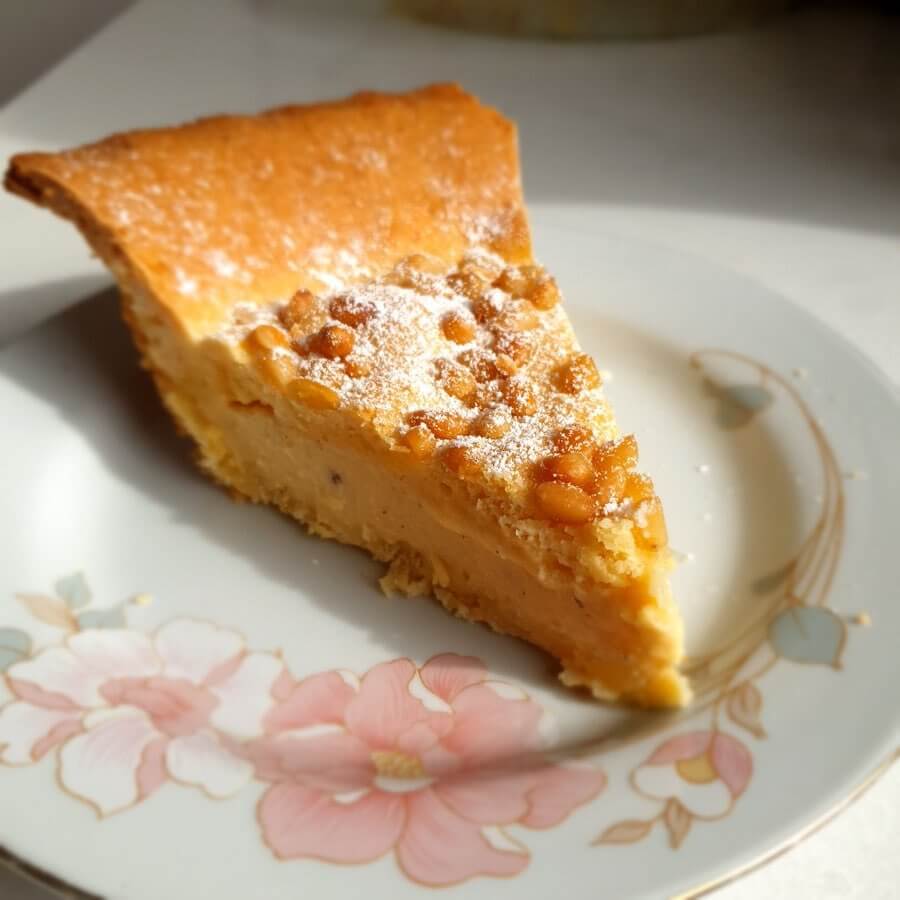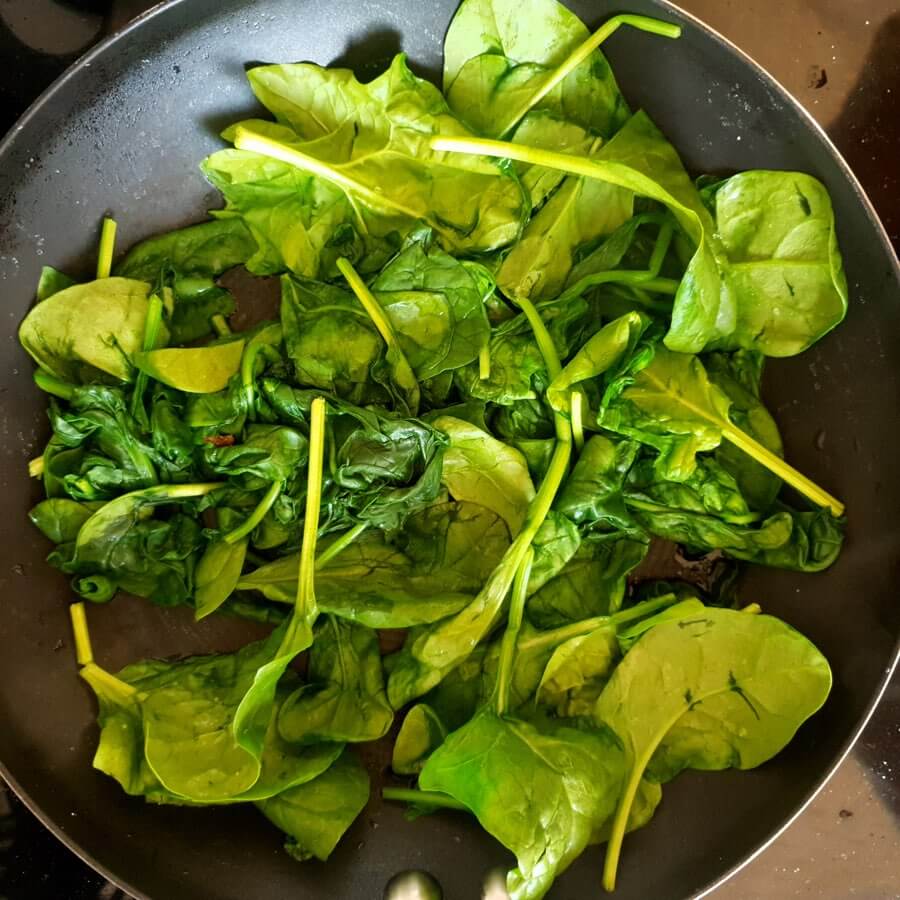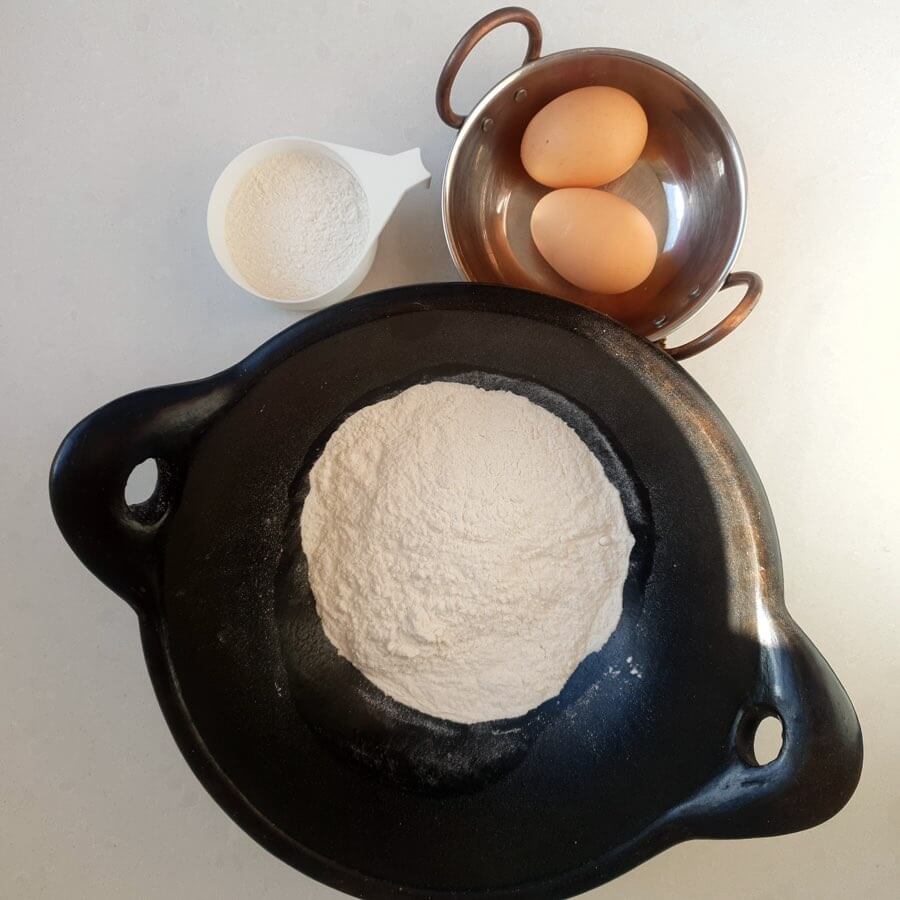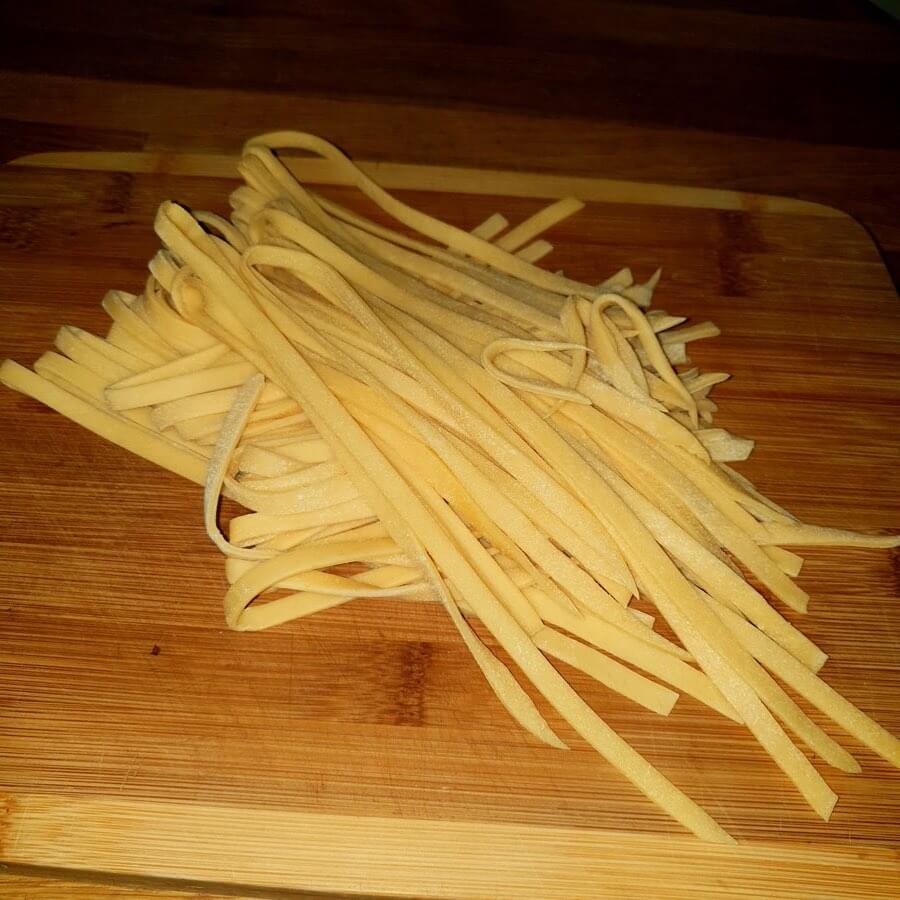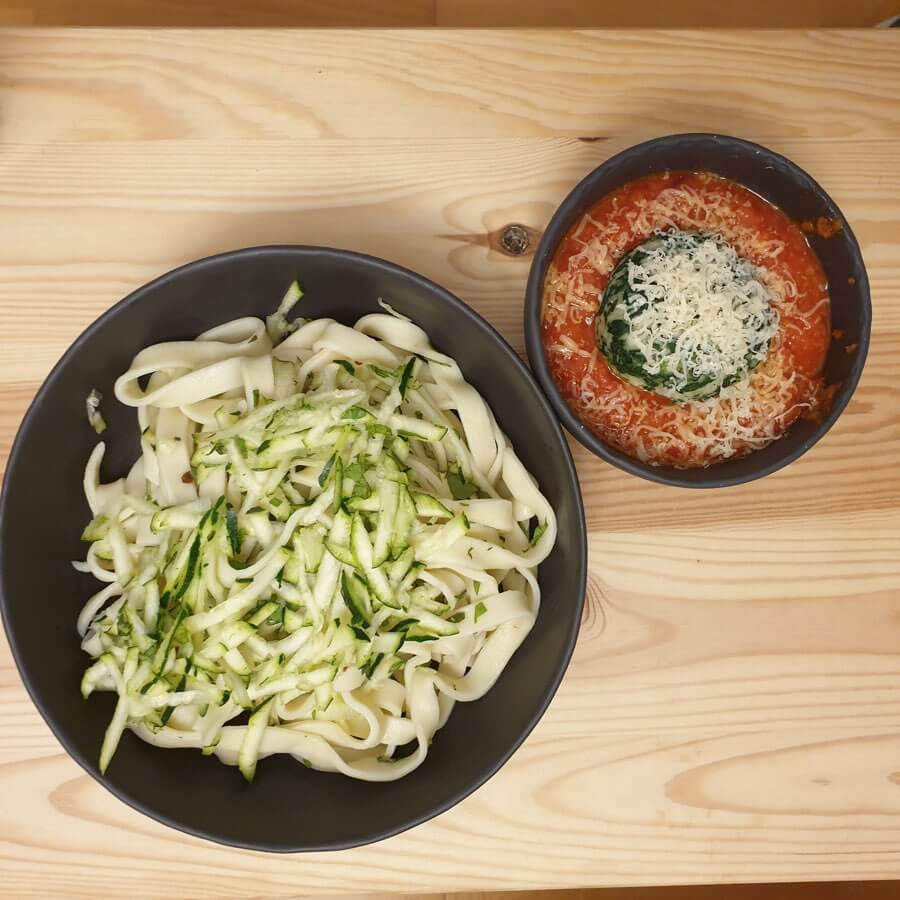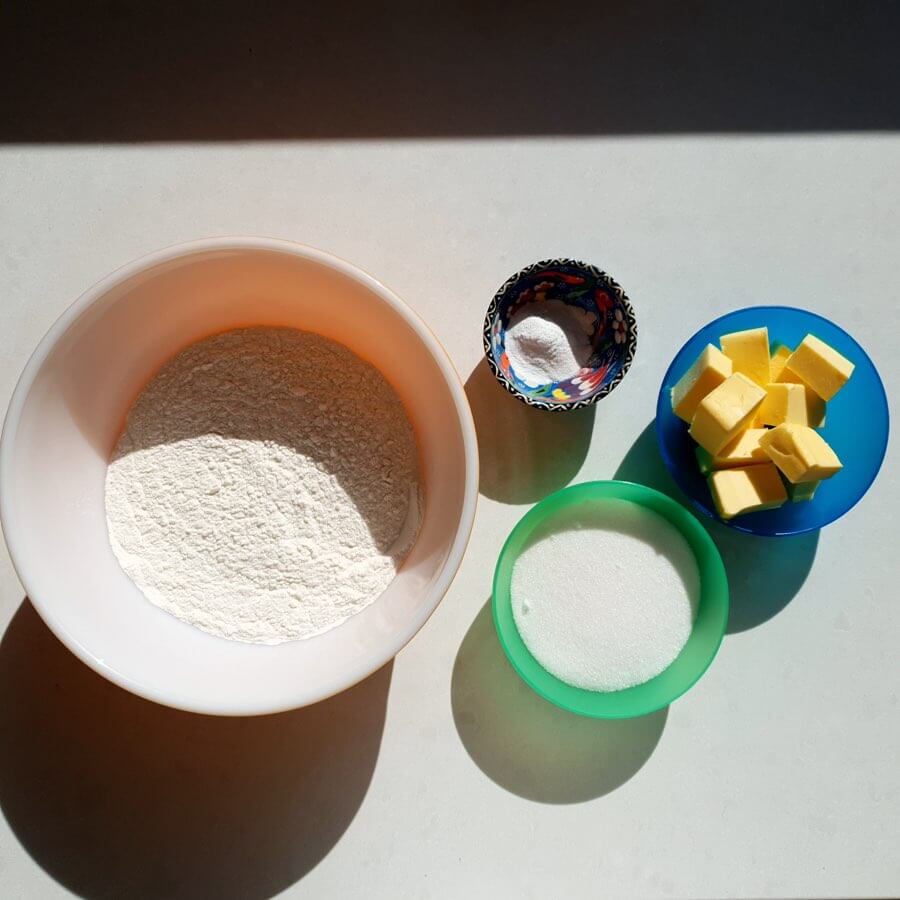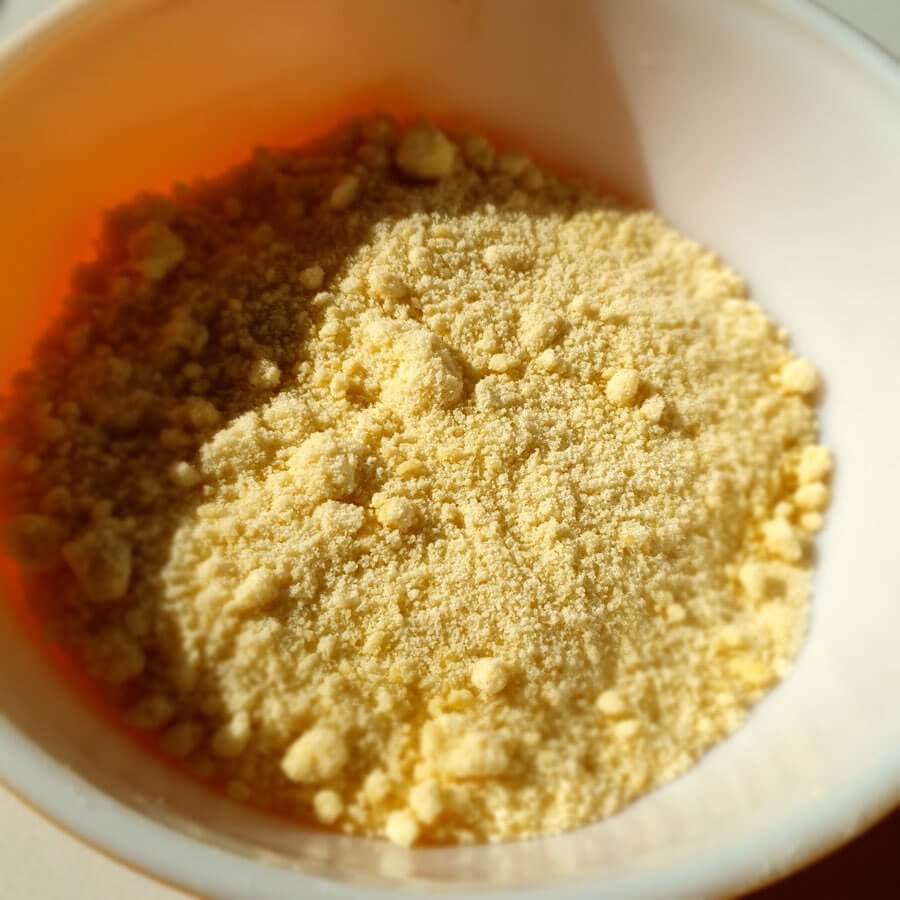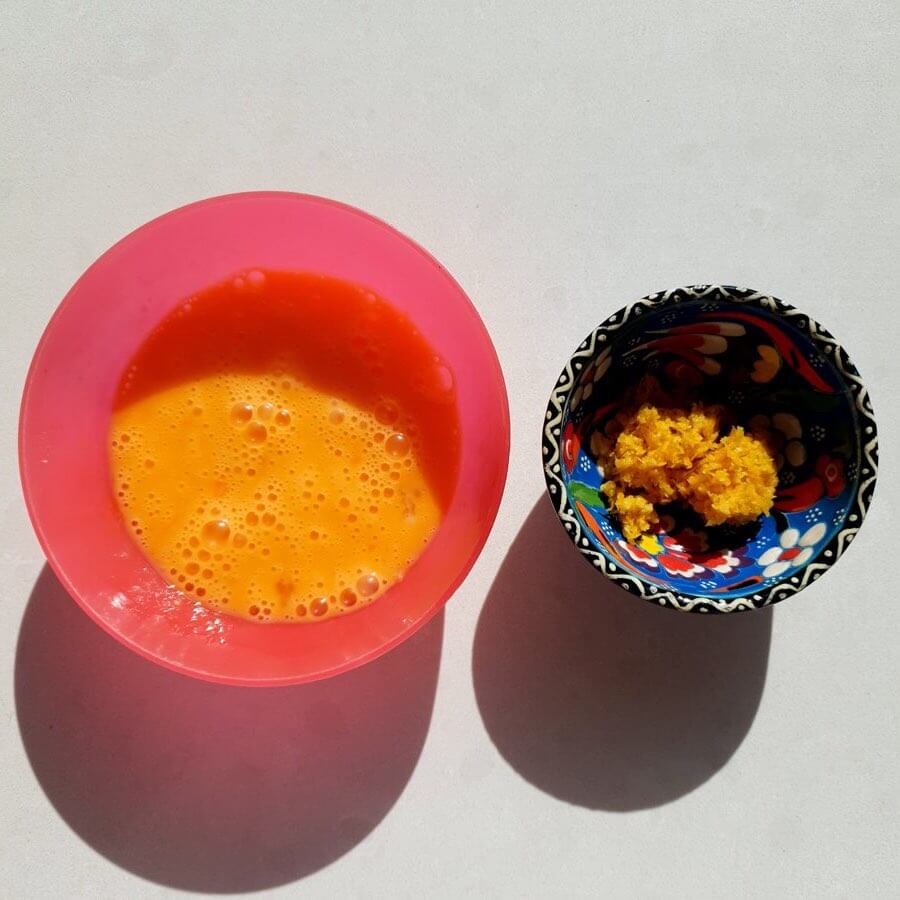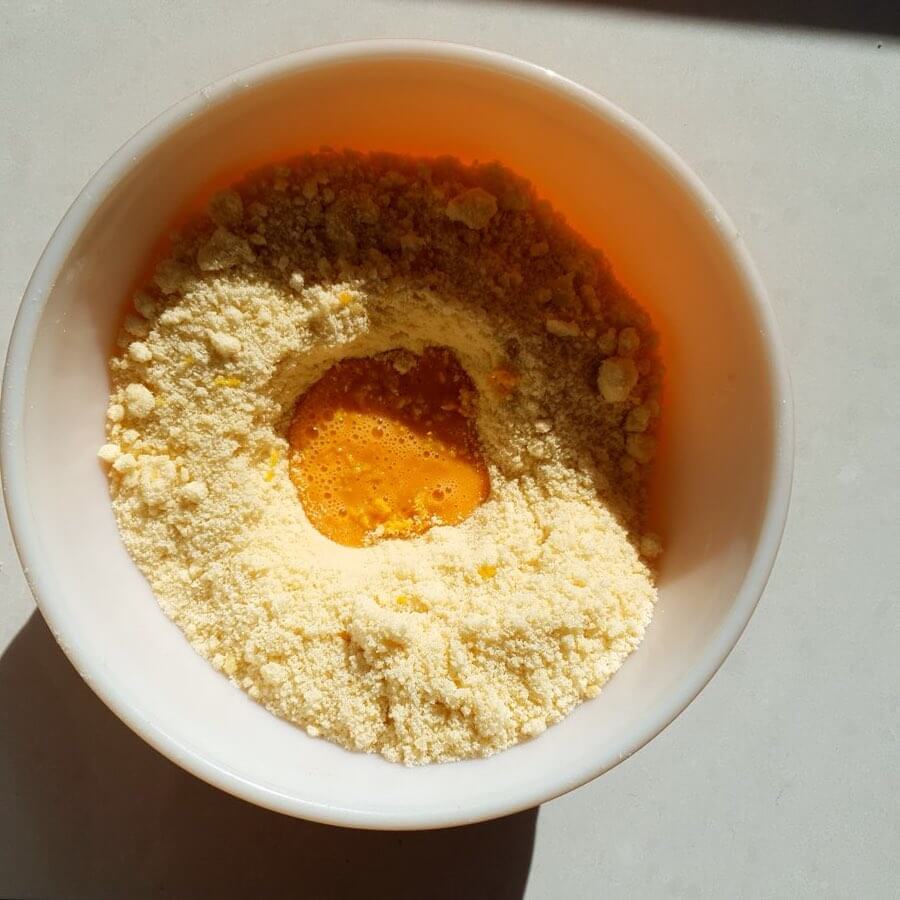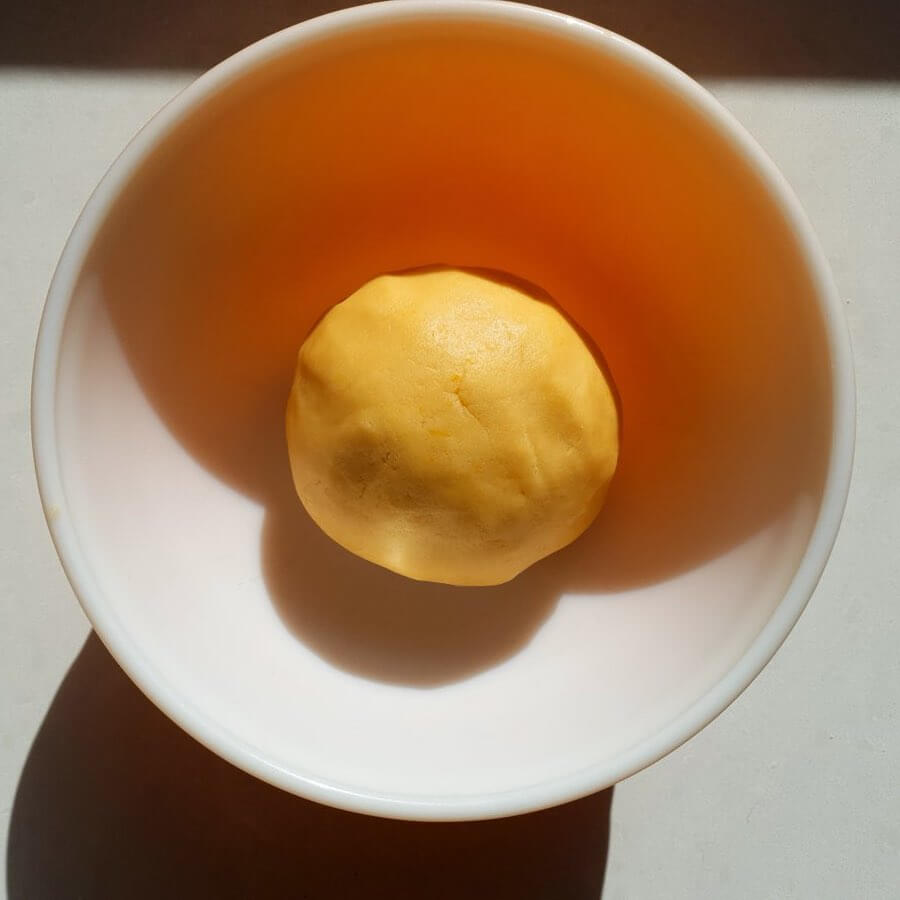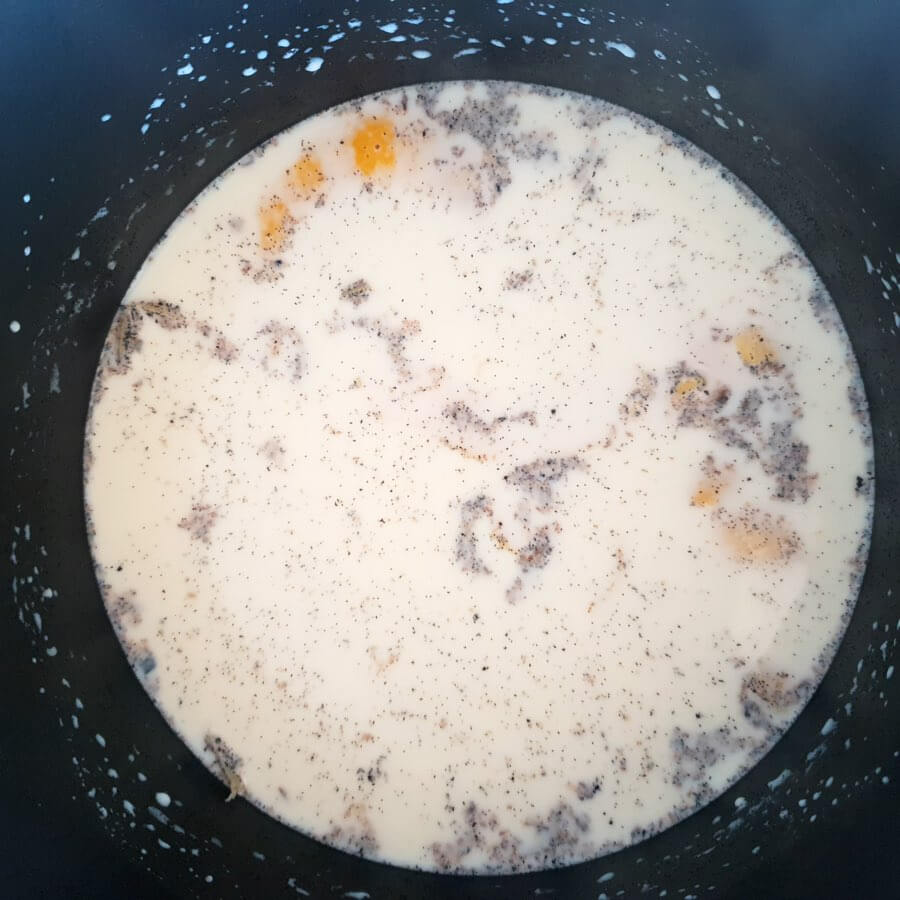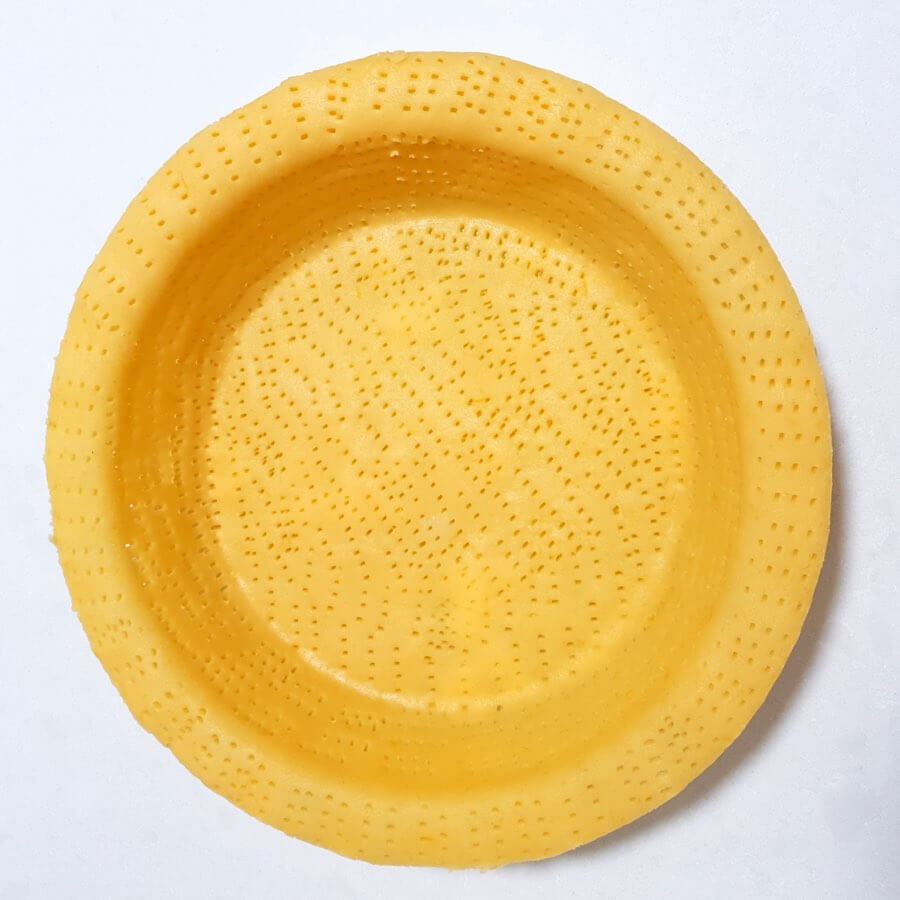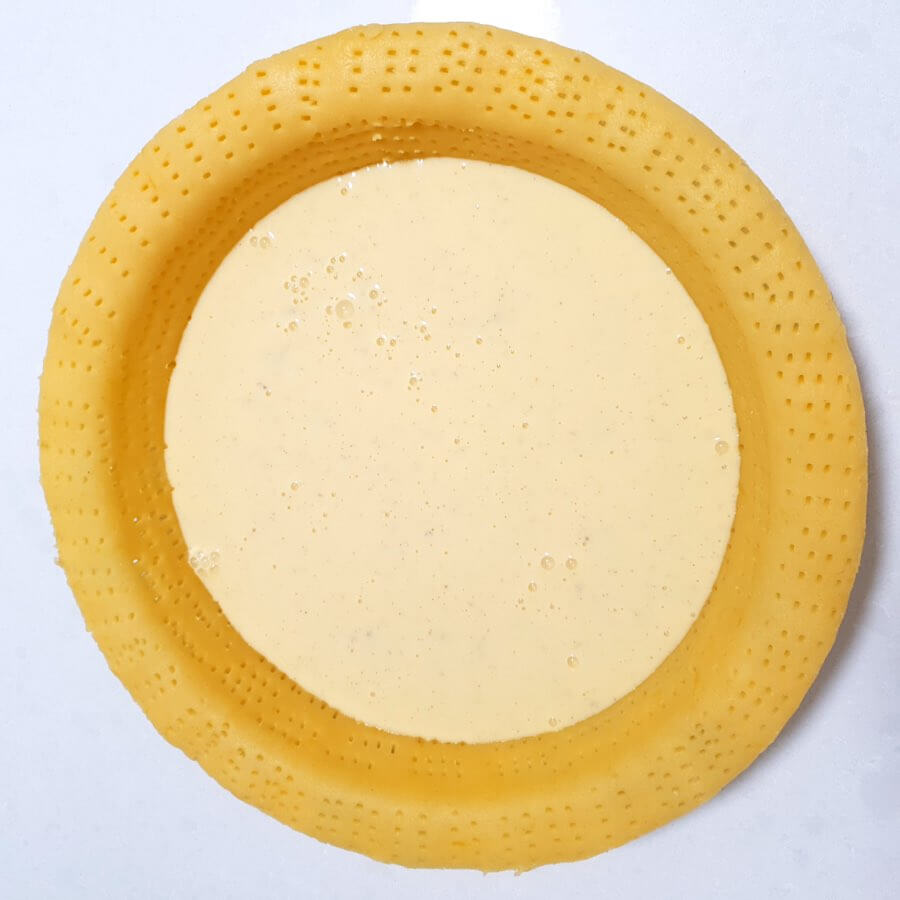Slow Food
The Slow Food movement was founded by Carlo Petrini in 1989 following a demonstration for an intended McDonald’s restaurant at the Spanish
Steps in Rome.
Petrini envisioned a movement that meant people could access and enjoy food that was good for themselves, the growers and the planet as well
as preventing the disappearance of local food cultures and counteracting the fast pace of life and people’s diminishing interest in the food
they ate.
We invite you to clear your next Sunday schedule and to dedicate a day to some slow food Italian cooking inspired by the heritage of Carlo
Petrini.

